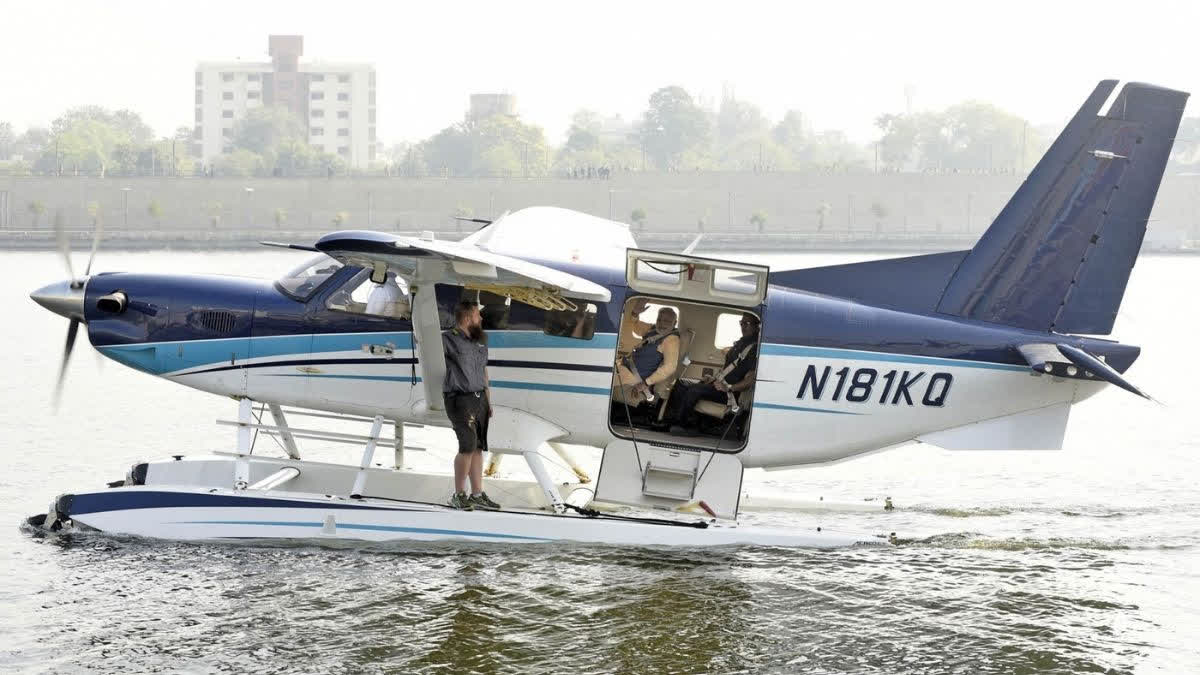Hyderabad: Kerala recently completed its first seaplane's official trial run. The 17-seater amphibious plane, aiming to boost the state's tourism sector, took off from Kochi's Bolgatty Marina and landed at Mattupetty Dam in Idukki. This comes days after Andhra Pradesh launched its first seaplane service with a trial run between Srisailam and Vijayawada, connecting travellers to popular tourist destinations.
The government of India plans to follow more such projects under its UDAN (Ude Desh ka Aam Nagrik) regional connectivity scheme. The proposed seaplane routes under the scheme include a ride from the Guwahati riverfront to Umrangso Reservoir and Shillong in Assam, the Jal Hans project to Agatti, Kavaratti, and Minicoy in the Andaman & Nicobar Islands, and Nagarjuna Sagar to Vijayawada and Hyderabad in Telangana.
The objective of a seaplane service is to enhance regional air connectivity and promote tourism as it offers a unique travel experience to popular tourist spots. You will also find it in countries like Australia, Canada, Finland, Italy, Maldives, the UK, the USA, and more. Let's take a detailed look at seaplane services and the associated tourism opportunities.
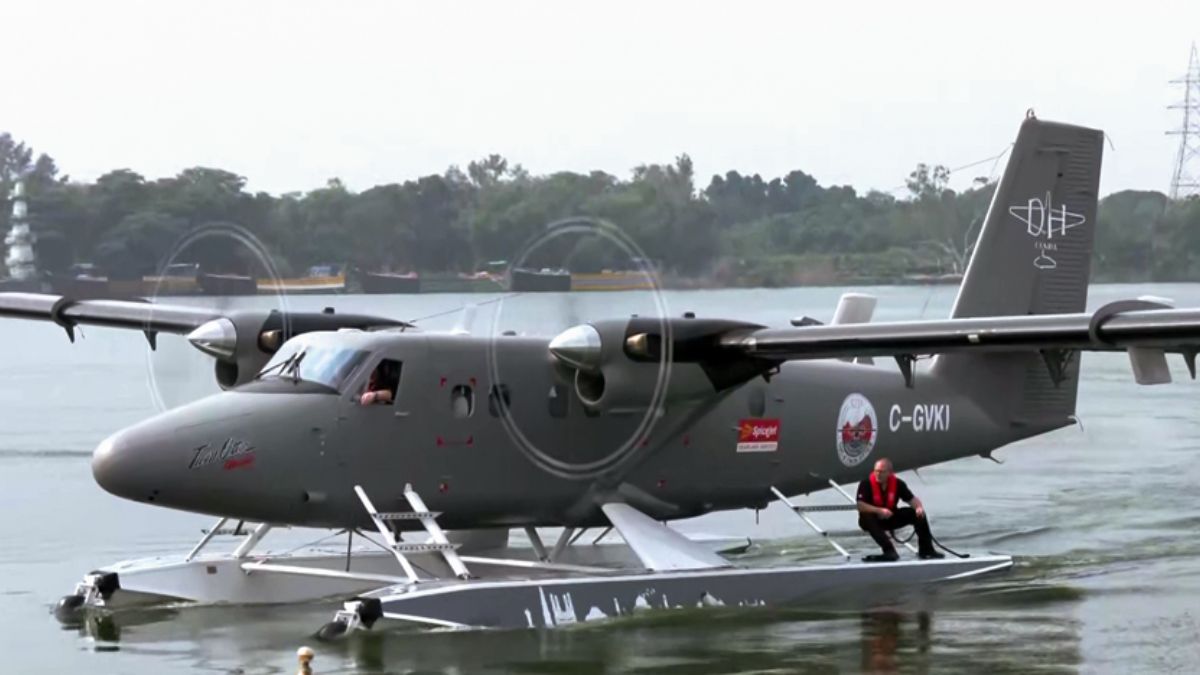
What is a seaplane?
A seaplane is a fixed-wing aircraft that doesn't need a concrete runway but instead glides on a water body for take-off and landing. In addition to air transport, it is used for a variety of purposes, such as dropping water on forest fires, monitoring the fishing zones, and providing assistance in remote areas.
These planes are categorised into two main types-- floatplanes and flying boats. The former resembles a small aeroplane with pontoons to stay afloat on the water, whereas the latter looks like a boat with attached wings.
Seaplanes and tourism
From aerial views of coral atolls of Maldives to scenic flights over Pacific waters near Vancouver Island, seaplane rides are known for their breathtaking panoramic tours. In some places, seaplanes serve the same purpose as sightseeing bus tours. In addition to providing scenic tours from atop, seaplanes also offer a convenient mode of transport to tourist destinations.
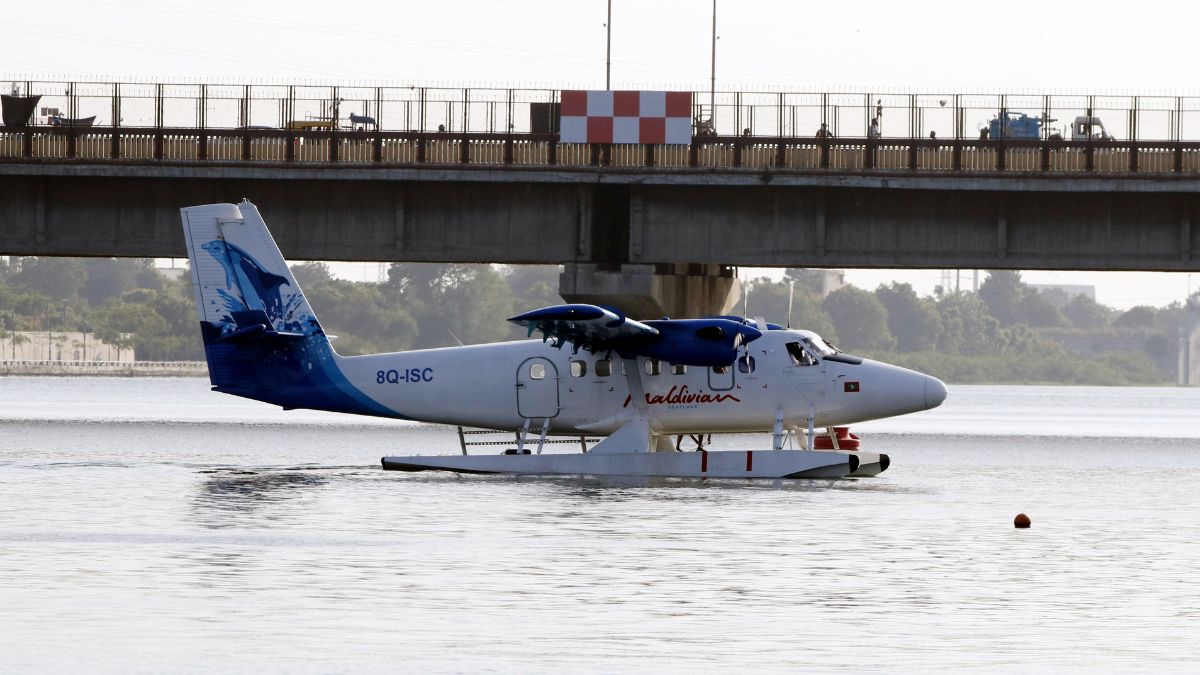
India's numerous waterbodies provide an ideal opportunity for seaplane operations. Unlike conventional transport systems, seaplanes can land on both water, enhancing business and tourism opportunities. These projects can also offer faster and hassle-free travel, especially in the country's long, treacherous, and hilly regions.
To summarise, seaplanes in the tourism industry offer aerial views of scenic landscapes, provide connectivity to remote locations, reduce travel time, and create jobs. Since seaplanes do not require building and maintaining traditional airstrips, these are usually more cost-effective than alternate options.
The Indian government is eyeing the seaplane service as a potential boost to the tourism industry across the country. Back in August, Aviation Minister Ram Mohan Naidu praised seaplane operations as an avenue to boost tourism and enhance connectivity in India. He highlighted the versatility of such aircraft and highlighted their potential to attract international holidaymakers, particularly by connecting them to religious and eco-tourism destinations that are otherwise hard to reach.
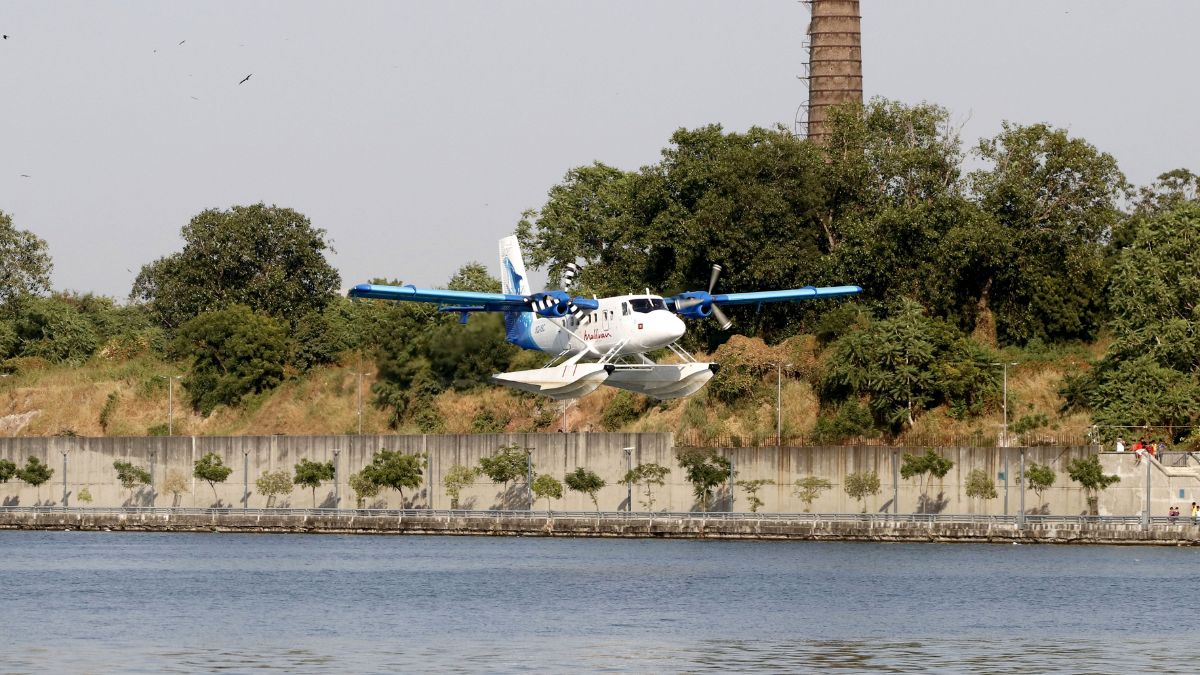
While drawing a comparison with the Maldives where over 100 seaplanes primarily serve the tourism sector, Naidu underscored the massive potential for seaplanes in India, which is known for its diverse geography with 7,500 kilometres of extensive coastline, river networks, and two archipelagos-- Andaman and Nicobar Islands and Lakshadweep.
Other benefits and limitations
Seaplane takeoffs and landings are also said to have a positive impact on the aquatic ecosystem since they can increase oxygen content in the water body due to the turbulence they create during operations. However, seaplane operations are not without their troubles.
Unlike regular planes, seaplanes are more affected by bad weather when taking off and landing on water. Other limitations include maintenance of the aircraft/vessel, manoeuvrability, and weight constraints. Commercial viability and associated factors may also hamper such projects.
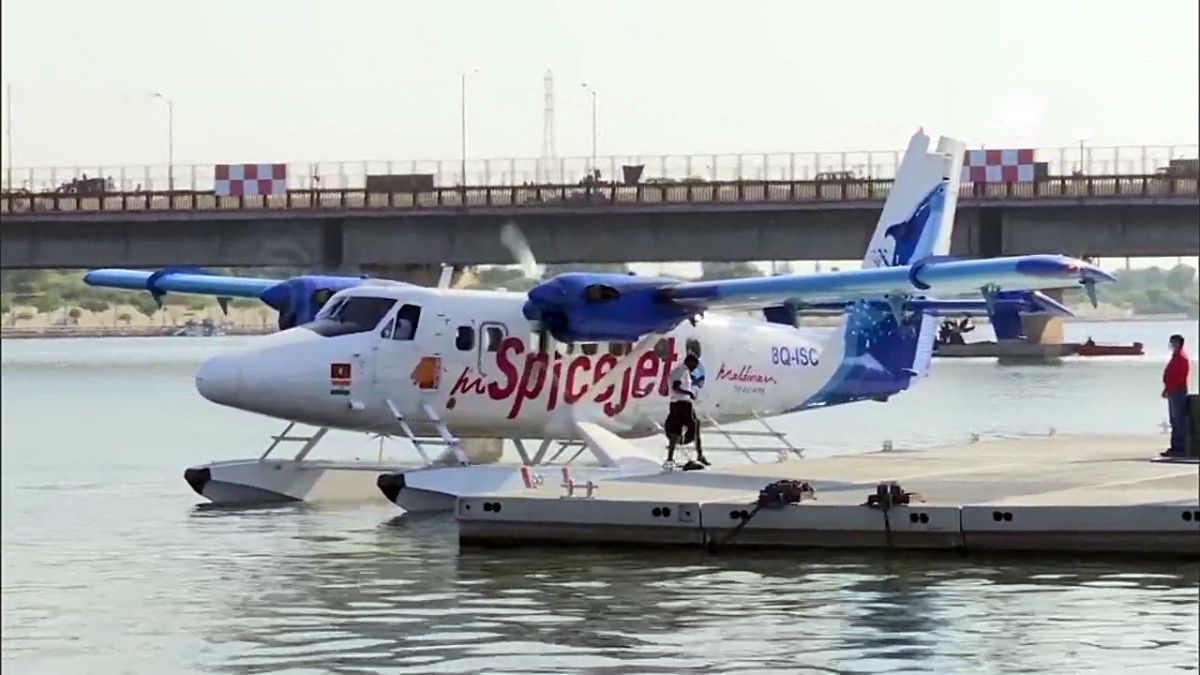
India's seaplane service, operating between the Statue of Unity and the Sabarmati riverfront, was suspended due to high operating costs and difficulty in maintaining a foreign-registered aircraft. It was inaugurated by Prime Minister Narendra Modi in October 2020.
The recent trial runs of seaplane services in different states suggest that the government still wants to follow through with the plan. It also wants to bring global players in the seaplane sector to manufacture aircraft in India to boost the domestic aviation industry.
